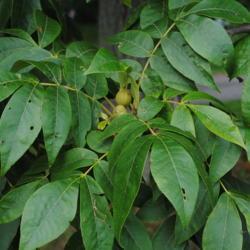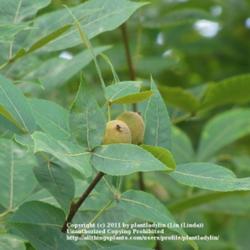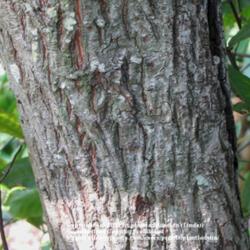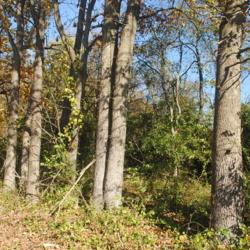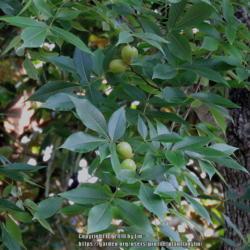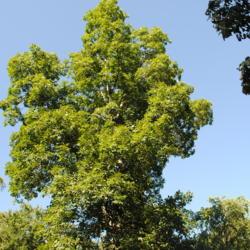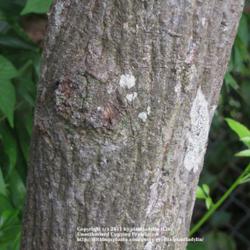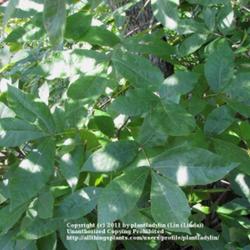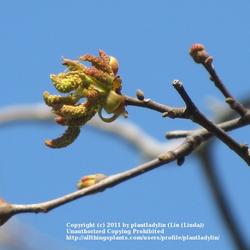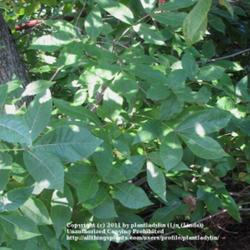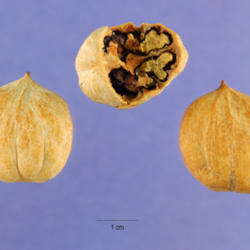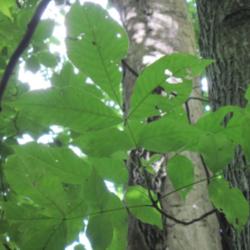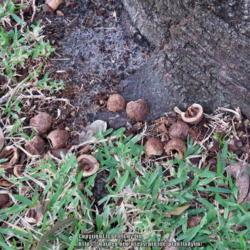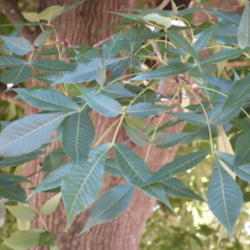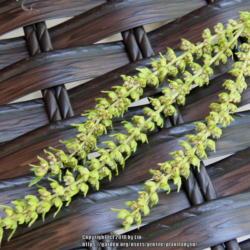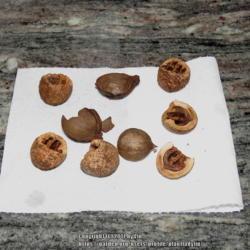| Plant Habit: | Tree |
| Life cycle: | Perennial |
| Sun Requirements: | Full Sun Full Sun to Partial Shade |
| Water Preferences: | Mesic Dry Mesic Dry |
| Soil pH Preferences: | Slightly acid (6.1 – 6.5) Neutral (6.6 – 7.3) Slightly alkaline (7.4 – 7.8) |
| Minimum cold hardiness: | Zone 4a -34.4 °C (-30 °F) to -31.7 °C (-25 °F) |
| Maximum recommended zone: | Zone 9b |
| Plant Height: | 50 to 100 feet |
| Plant Spread: | 30 to 50 feet |
| Leaves: | Good fall color Deciduous |
| Fruit: | Other: pear-shaped nut enclosed in 4-ridged husk to 1.5 inches long |
| Fruiting Time: | Late summer or early fall |
| Flowers: | Inconspicuous Blooms on old wood |
| Flower Color: | Green Other: Yellowish-green, drooping catkins |
| Flower Time: | Spring |
| Underground structures: | Taproot |
| Uses: | Shade Tree Will Naturalize Useful for timber production |
| Edible Parts: | Fruit |
| Wildlife Attractant: | Birds Other Beneficial Insects |
| Resistances: | Drought tolerant |
| Propagation: Seeds: | Self fertile Stratify seeds: in moist medium at 33 to 40 F for 30 to 150 days Other info: soak nuts in water for 2-4 days at room temp, change water each |
| Pollinators: | Wind |
| Containers: | Not suitable for containers |
| Miscellaneous: | Monoecious |
| Conservation status: | Least Concern (LC) |
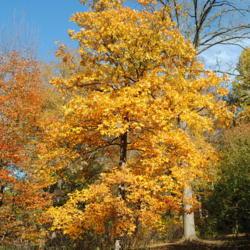
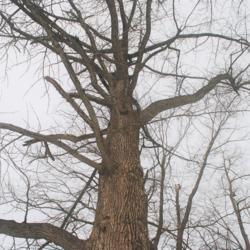
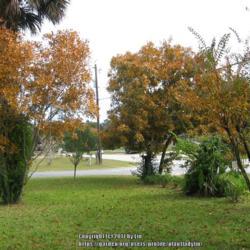
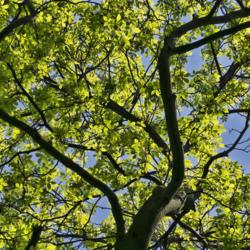
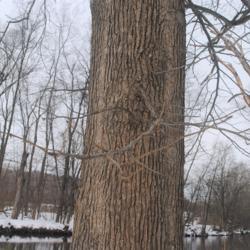
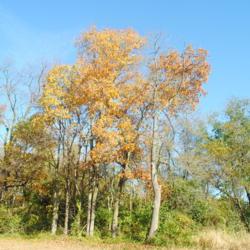
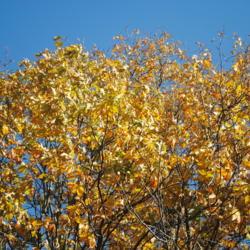
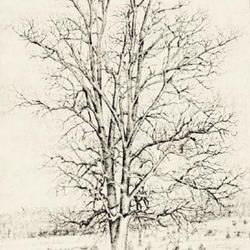
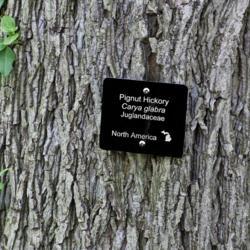
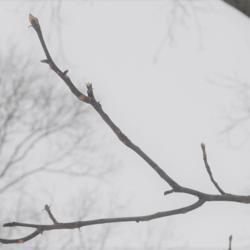
![Date: 1865
illustration by Bessa [as Juglans porcina] from Michaux's 'North
Date: 1865
illustration by Bessa [as Juglans porcina] from Michaux's 'North](/pics/2022-08-24/scvirginia/17633d-250.jpg)
